Spanish Embroidered and Painted Silk Panel Depicting the Jesuit Saint Francis Xavier
A Spanish Embroidered and Painted Silk Panel Depicting the Jesuit Saint Francis Xavier Meditating on The Passion Whilst on his Mission in Southern India the Sea and Coconut Palms in the Background
Fine and unblemished condition
An old label to reverse for Hampton & Sons inscribed ‘513 Fine Old Spanish Embroidered Panel £6.10.0’ and paper inventory no. ‘118’
Late 18th Century
Size: 30cm high, 23cm wide - 11¾ ins high, 9 ins wide / 34cm high, 27.5cm wide - 13¼ ins high, 10¾ ins wide (framed)
Fine and unblemished condition
An old label to reverse for Hampton & Sons inscribed ‘513 Fine Old Spanish Embroidered Panel £6.10.0’ and paper inventory no. ‘118’
Late 18th Century
Size: 30cm high, 23cm wide - 11¾ ins high, 9 ins wide / 34cm high, 27.5cm wide - 13¼ ins high, 10¾ ins wide (framed)
Francis Xavier (1506-51) was a pioneer Jesuit missionary. Born at the castle of Xavier in Navarre, he was a Basque Spaniard educated at the University of Paris where he met and eventually joined Ignatius of Loyola, the founder of the Jesuits. Francis was one of the group of seven who took their vows at Montmartre in 1534 and who were ordained priests in Venice three years later. From the very beginning preaching in foreign missions was an integral part of Jesuit ideal and vocation. Francis joined Simon Rodriguez at Lisbon and in 1541 sailed to Goa at the invitation of the King of Portugal, John III to evangelise the East Indies fortified by a papal brief nominating him apostolic nuncio in the East. The journey took 13 months.
Francis made Goa his headquarters and his astonishing missionary achievements filled the remaining ten years of his life. He began by reforming Goa which was full of relaxed Portuguese Catholics notorious for their cruelty to their slaves, open concubinage, and neglect of the poor. He did much to offset this apparent betrayal of Christ and the Church by preaching and writing verses on Christian truths set to popular tunes. For the next seven years he worked among the Paravas in southern India, Sri Lanka, Malacca, the Molucca Islands and the Malay Peninsula. He went among the poor as a poor man himself: sleeping on the ground in a hut, and eating mainly rice and water. He met with immense success among the low caste of India, but with almost none among the Brahmins. Wherever he went he left numerous organised Christian communities, and a good example of the permanence of his achievements is the persistent fidelity to Christianity of the Paravas whom he probably also saved from extermination.
Despite his propensity to seasickness and his difficulty in learning foreign languages, he went further east making over a hundred converts a year at Kagoshima in Japan. However, on his way to China in 1551 he fell ill and died almost alone on the island of Chang-Chuen-Shan. He had suffered extreme hardship and worn himself out with ceaseless activity, but despite his lack of understanding of the great religions of the East, he built a lasting Christian presence there. His body was placed in quicklime and brought to Goa where it remains enshrined and for long has been, in its incorrupt state, an object of popular pilgrimage.
Francis made Goa his headquarters and his astonishing missionary achievements filled the remaining ten years of his life. He began by reforming Goa which was full of relaxed Portuguese Catholics notorious for their cruelty to their slaves, open concubinage, and neglect of the poor. He did much to offset this apparent betrayal of Christ and the Church by preaching and writing verses on Christian truths set to popular tunes. For the next seven years he worked among the Paravas in southern India, Sri Lanka, Malacca, the Molucca Islands and the Malay Peninsula. He went among the poor as a poor man himself: sleeping on the ground in a hut, and eating mainly rice and water. He met with immense success among the low caste of India, but with almost none among the Brahmins. Wherever he went he left numerous organised Christian communities, and a good example of the permanence of his achievements is the persistent fidelity to Christianity of the Paravas whom he probably also saved from extermination.
Despite his propensity to seasickness and his difficulty in learning foreign languages, he went further east making over a hundred converts a year at Kagoshima in Japan. However, on his way to China in 1551 he fell ill and died almost alone on the island of Chang-Chuen-Shan. He had suffered extreme hardship and worn himself out with ceaseless activity, but despite his lack of understanding of the great religions of the East, he built a lasting Christian presence there. His body was placed in quicklime and brought to Goa where it remains enshrined and for long has been, in its incorrupt state, an object of popular pilgrimage.
Spanish Embroidered and Painted Silk Panel Depicting the Jesuit Saint Francis Xavier
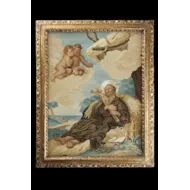


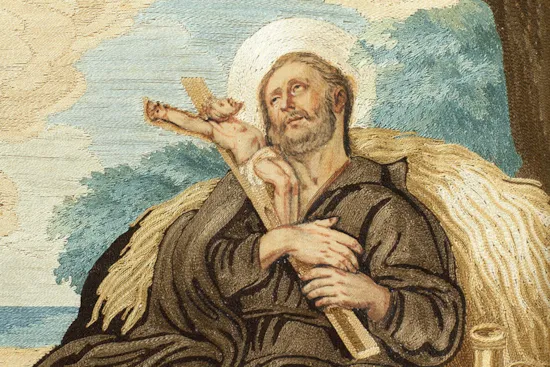
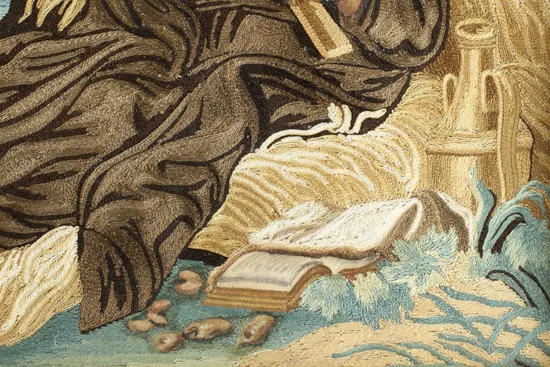
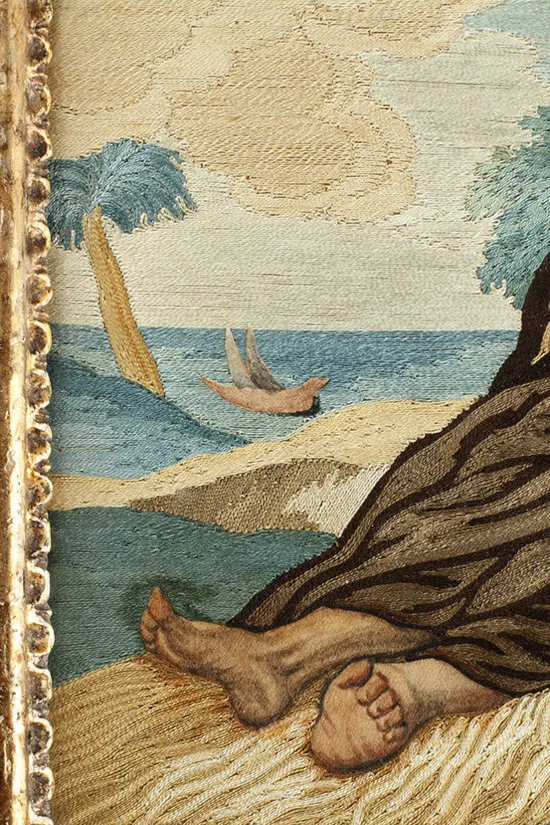
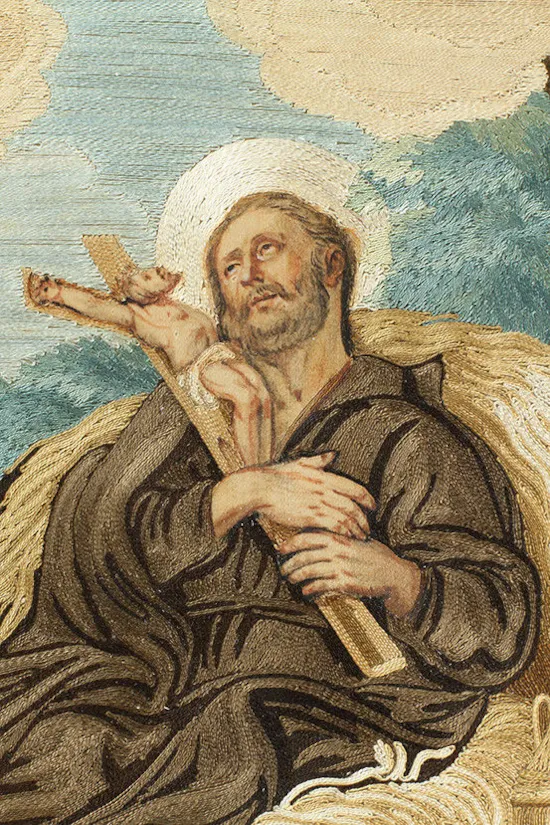

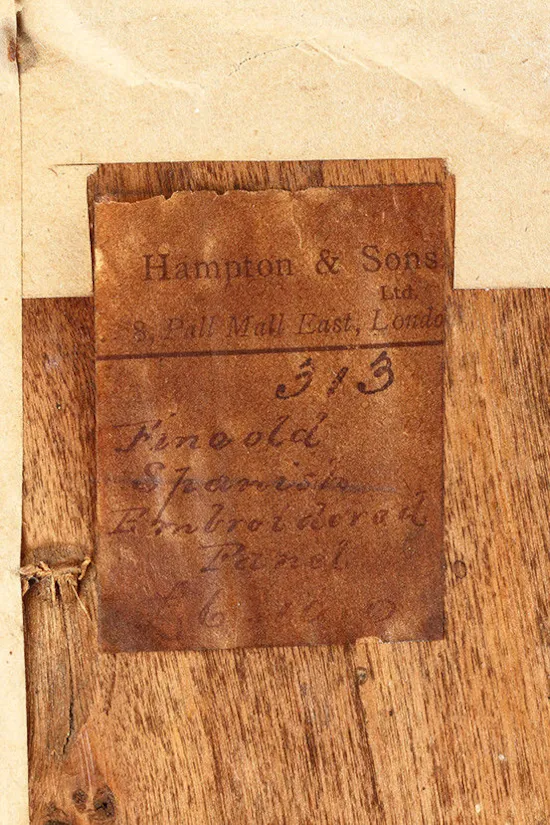
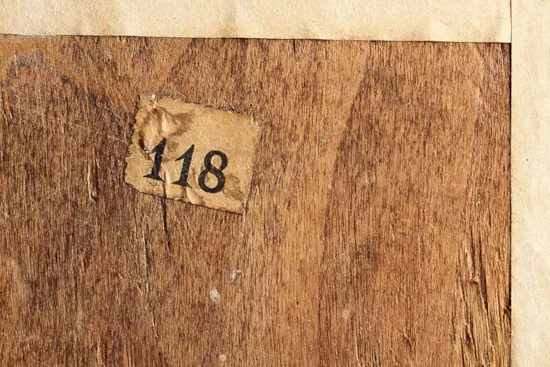
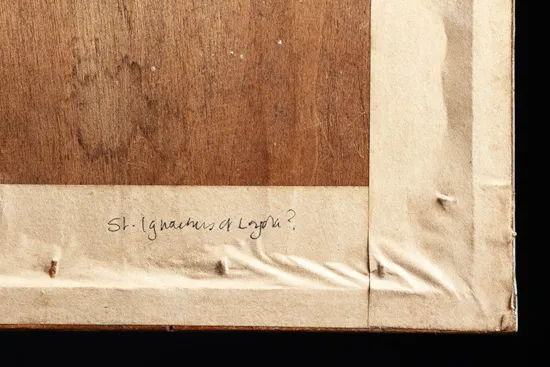
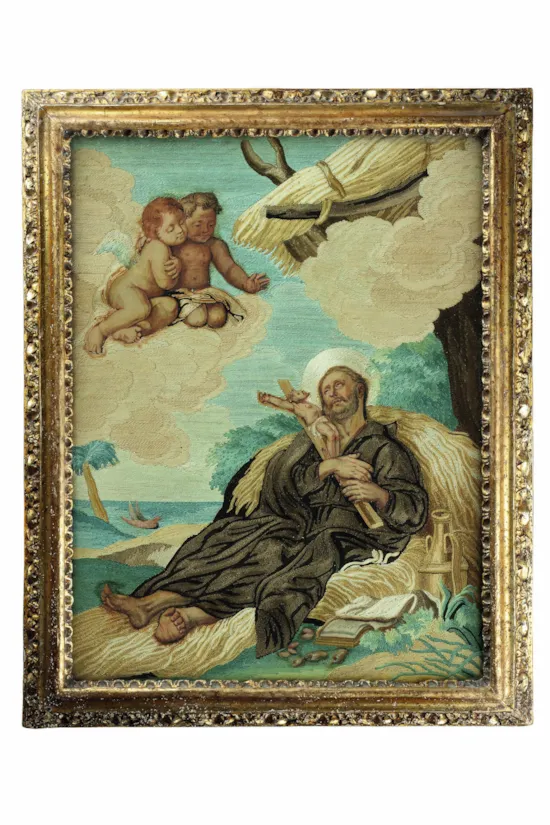











YOU MAY ALSO LIKE



